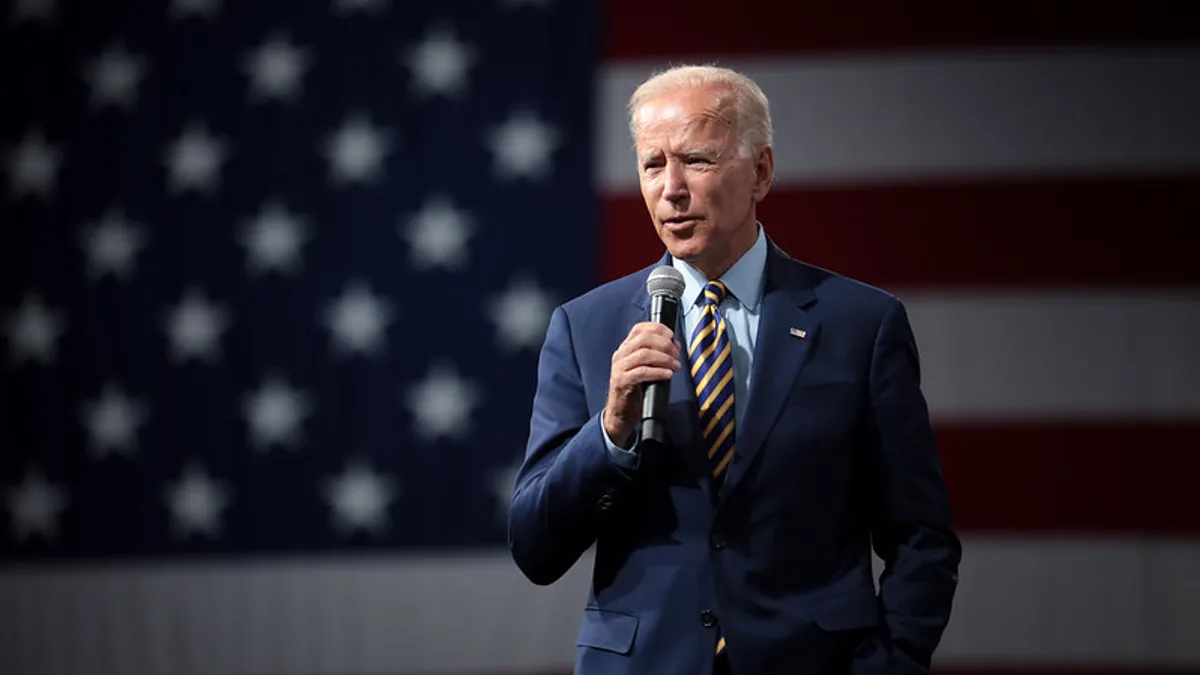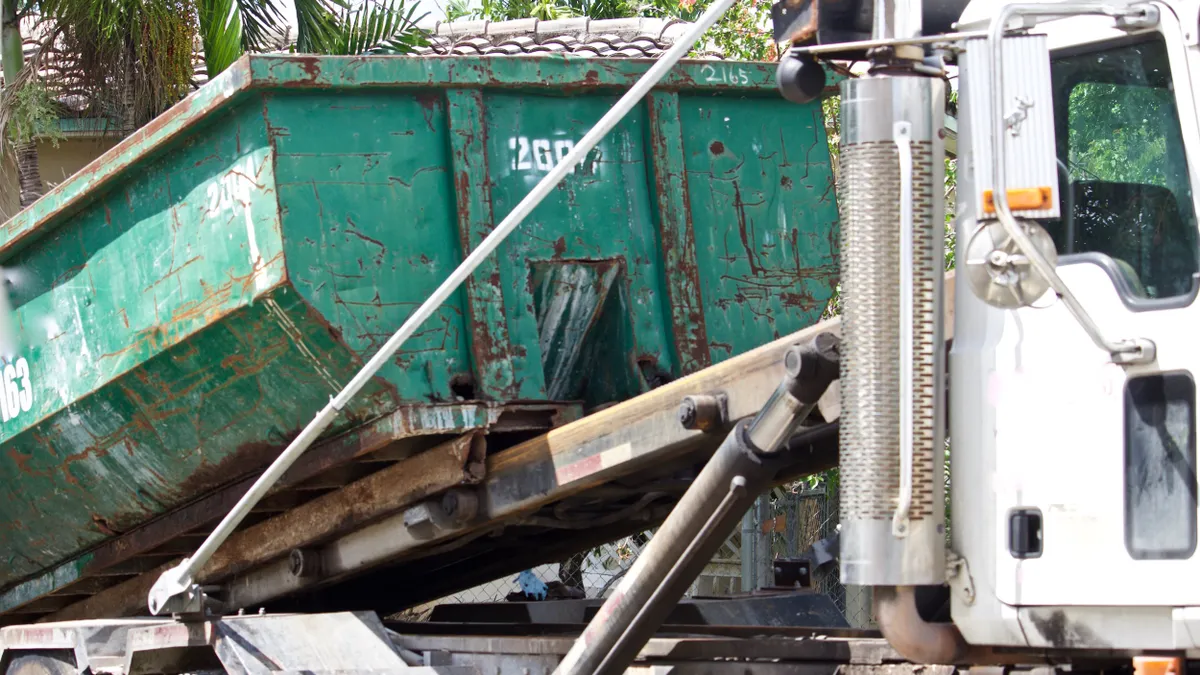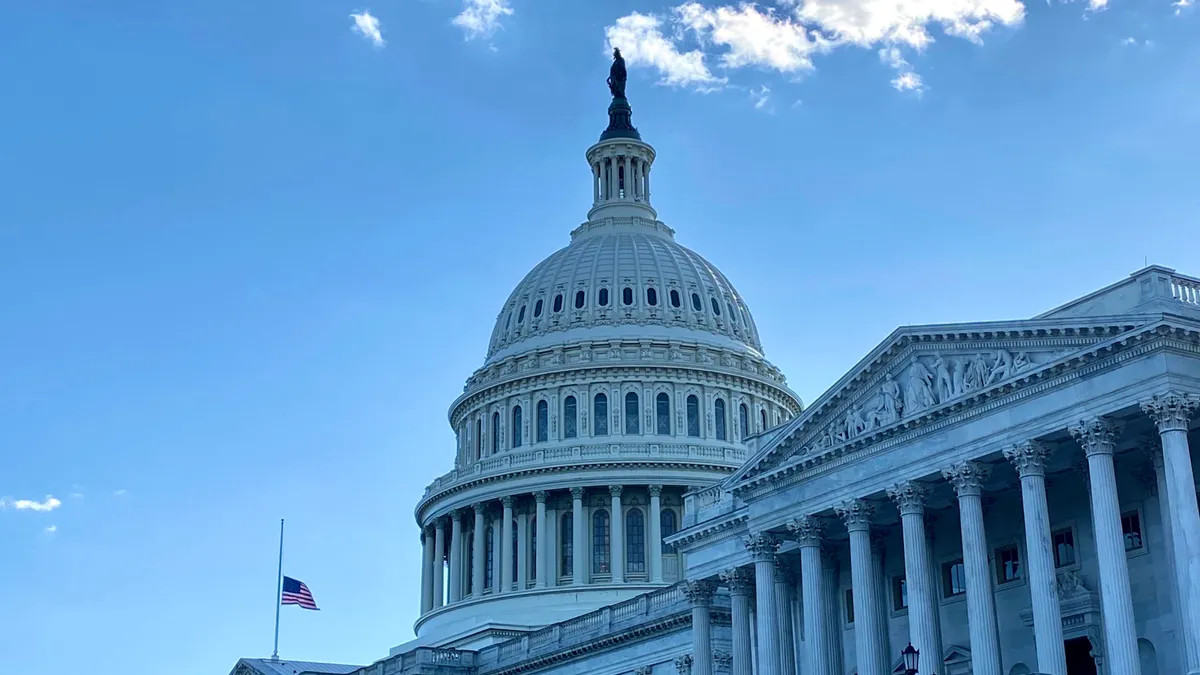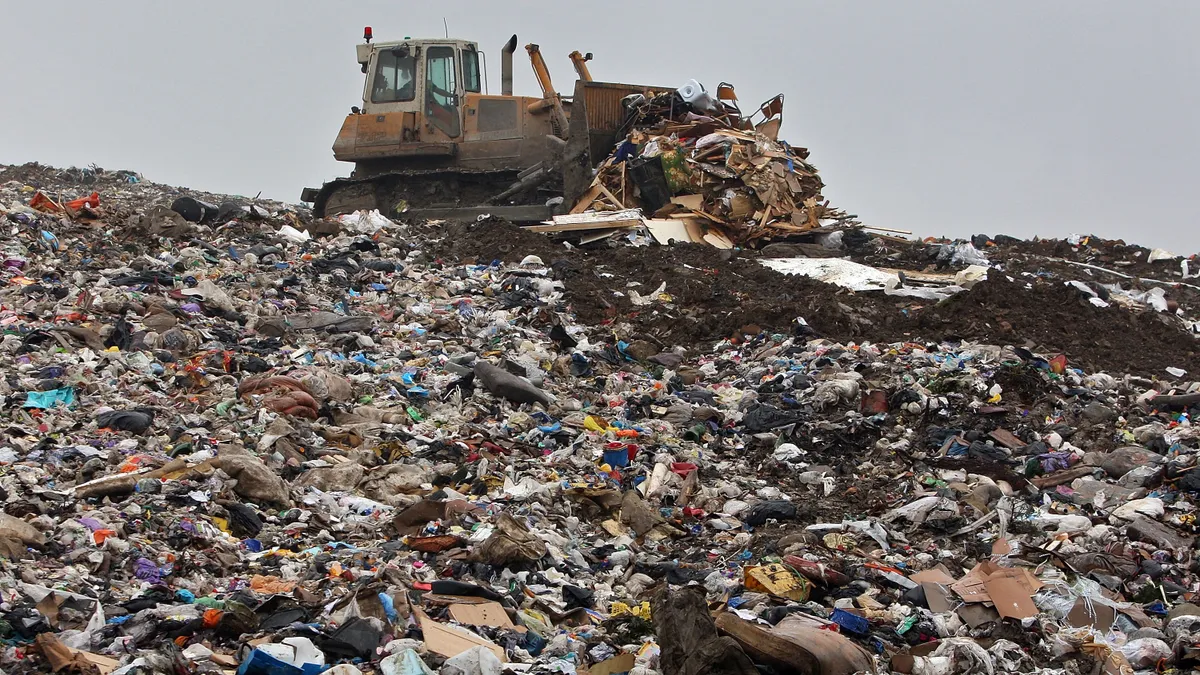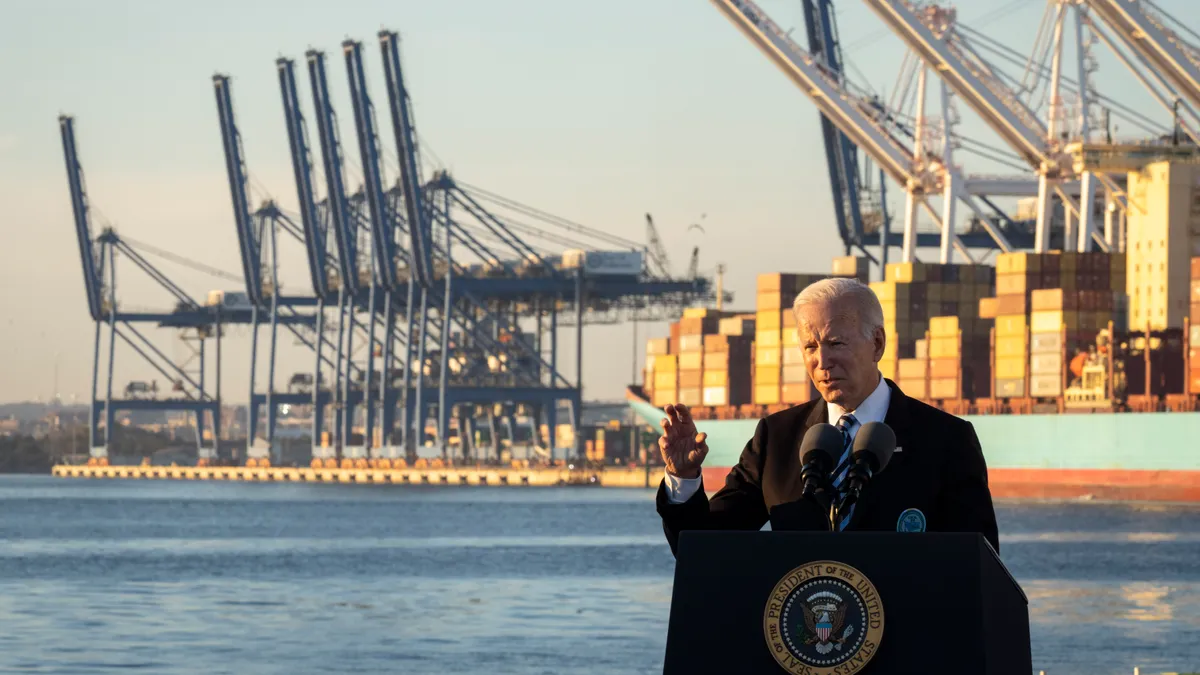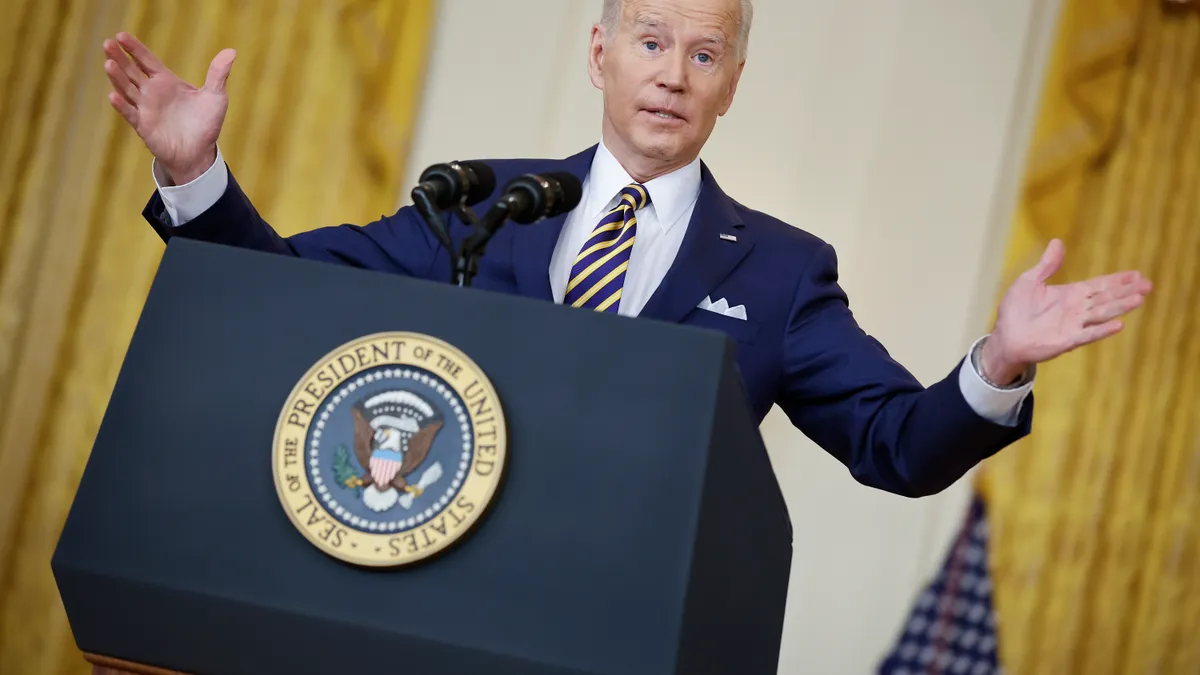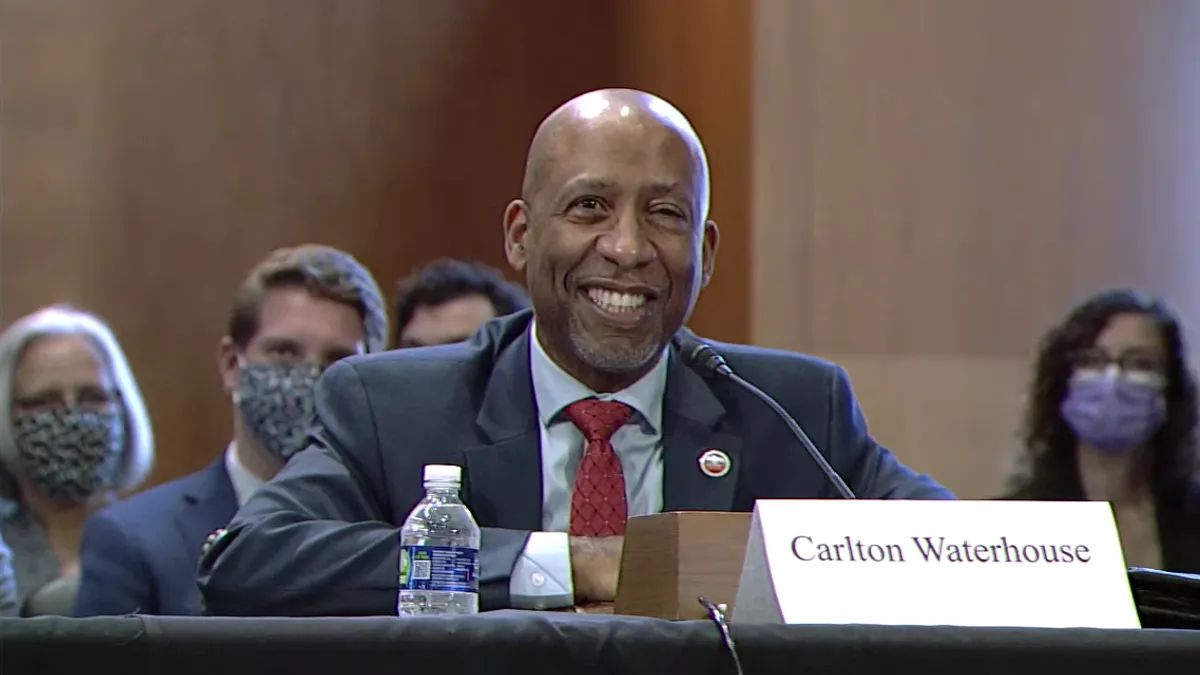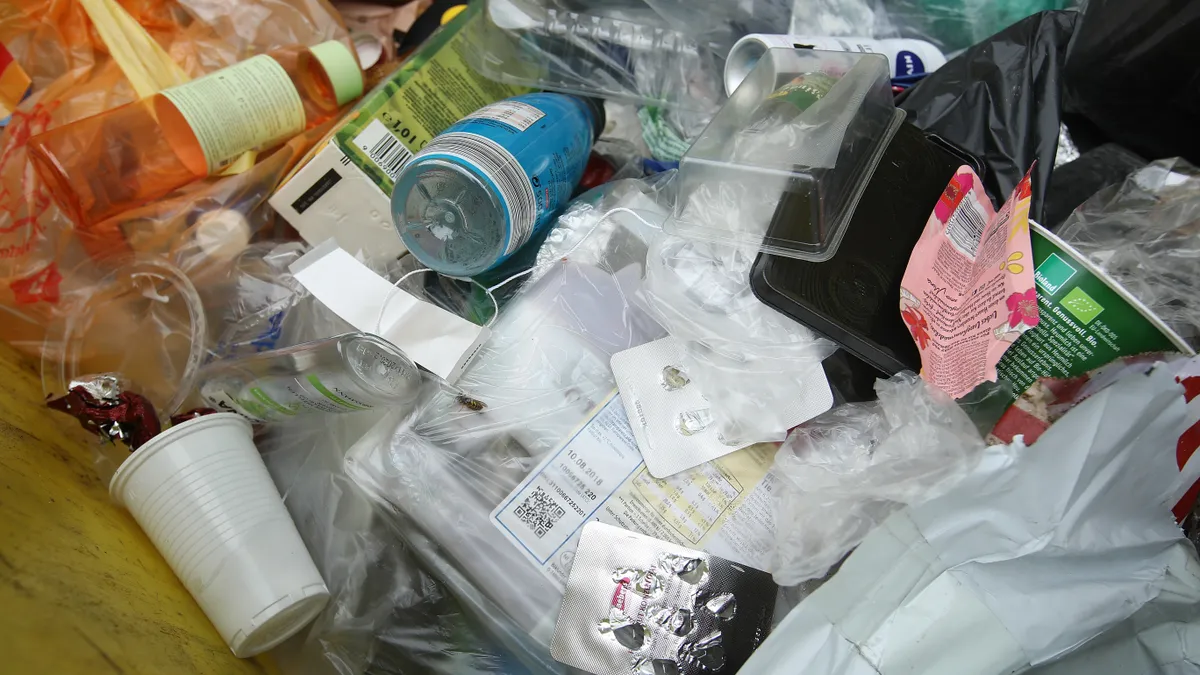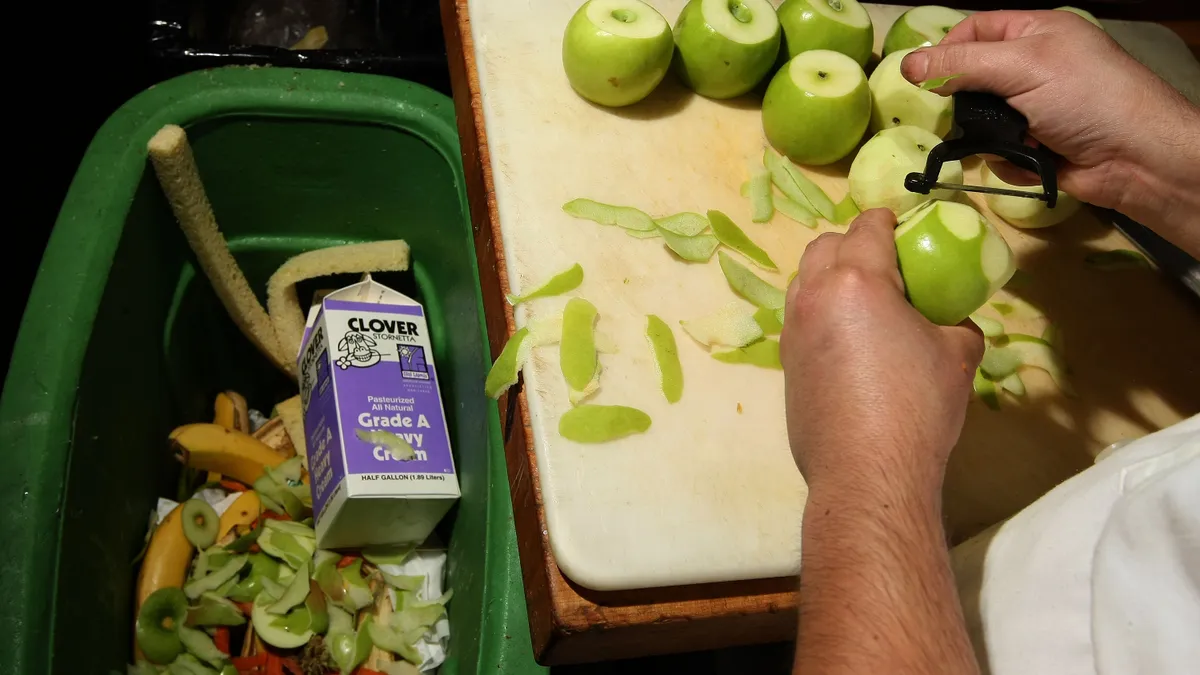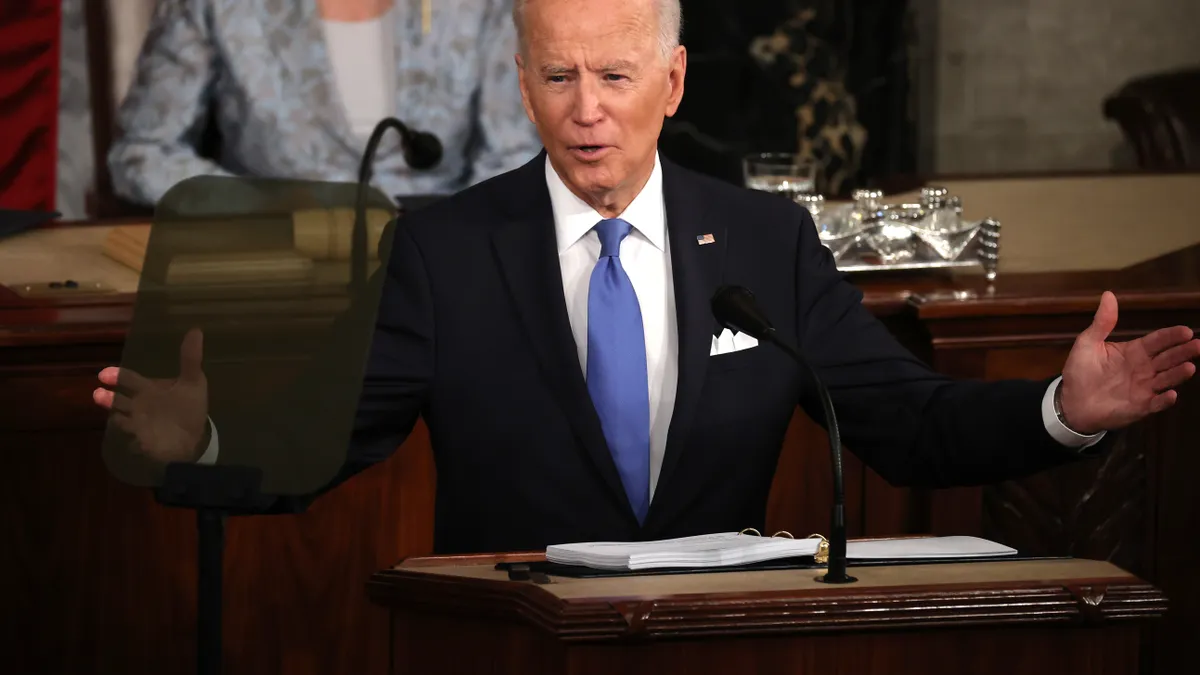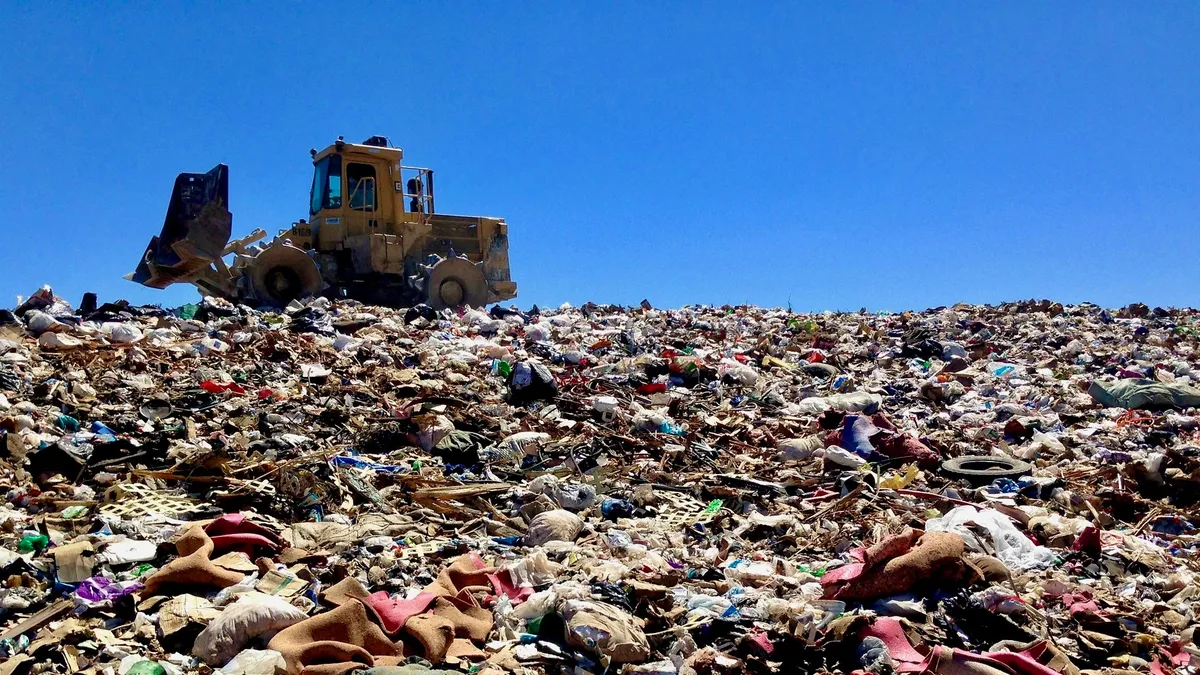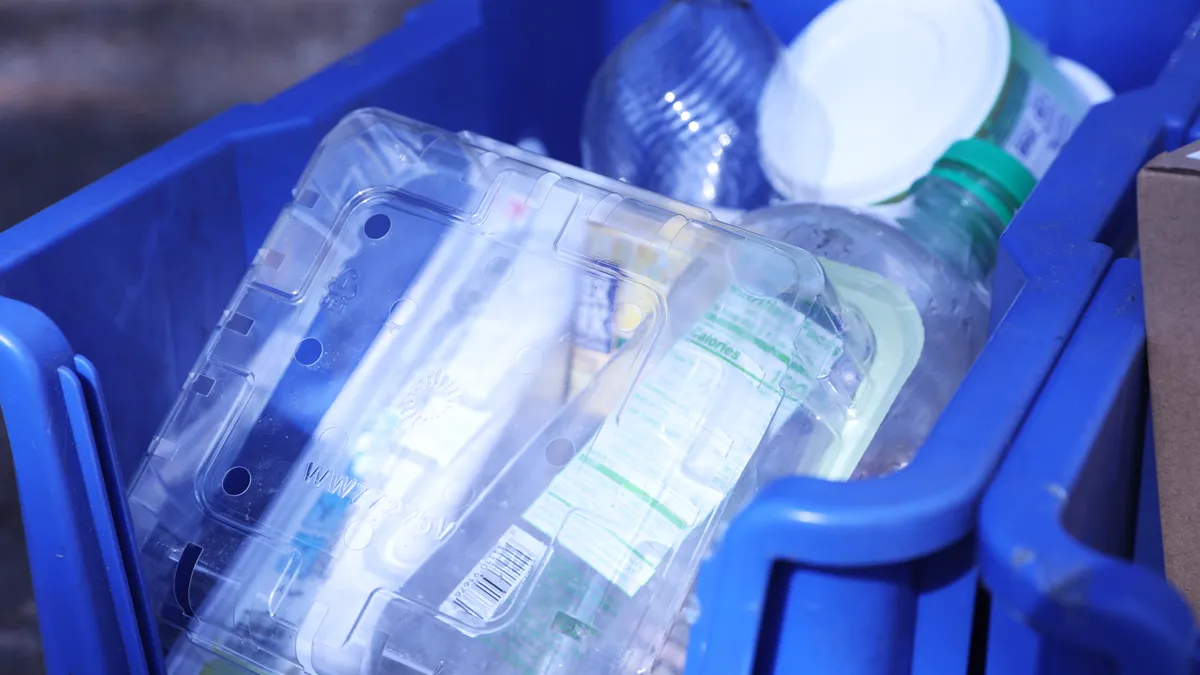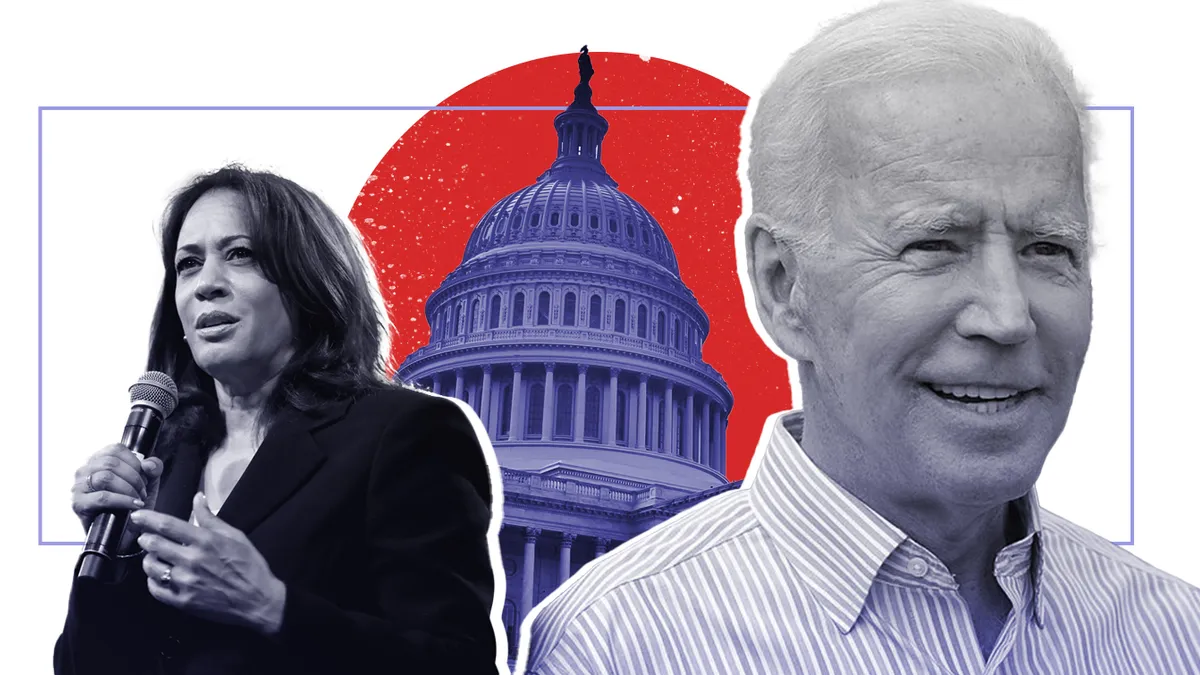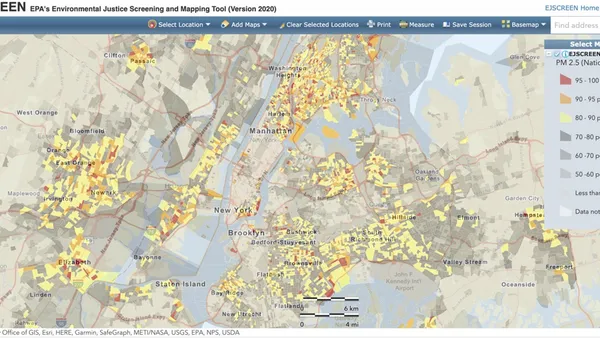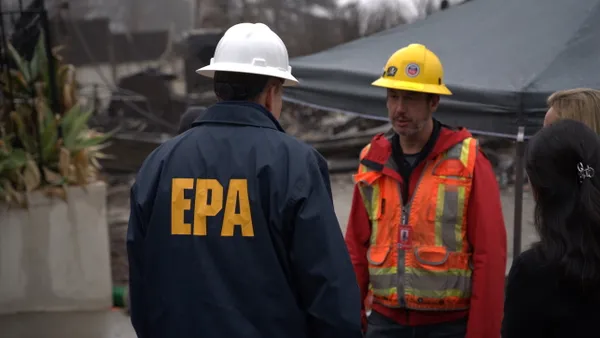As President Joe Biden's administration takes shape, with a stated focus on climate change and economic recovery, a broad range of stakeholders see a prime moment to advance materials management policy.
While many elements of U.S. waste and recycling policy are decentralized, issues such as reducing food waste, improving recycling infrastructure and enhancing markets for various materials have often been bipartisan federal priorities. Funding and legislative decisions from Congress remain a key factor, and multiple agencies have potential roles to play – with the U.S. EPA receiving the greatest attention.
Beyond the anticipated confirmation of Michael Regan as the next administrator, sources are also watching to see who will be the next assistant administrator of the Office of Land and Emergency Management (OLEM) as that position has the most direct involvement with materials management issues. Whenever new leadership takes the helm, experts see many ways to accelerate the agency's long-running work on waste and recycling.
“During my time that office – really with tremendous analytic leadership of career staff – laid the foundation for shifting from a waste management paradigm to a sustainable materials management paradigm, the use of life cycle-based analysis, the greenhouse gas reduction potential," said Mathy Stanislaus, who led OLEM under Obama. “That foundation is there for the next quantum leap forward on circularity.”
Upstream focus
Many feel the top tier of the waste hierarchy often gets the least attention, and in Stanislaus' view, the U.S. is "behind the curve" on circular economy policies.
In a potentially reimagined hierarchy, he said greater emphasis could be placed on maximizing the retention of products for as long as possible, improving design to extend product lifespans, enhancing options for repurposing or remanufacturing when those lifespans run their course and not including any renewable energy incentives for technologies such as incineration. In cases where challenges remain – for example, with some plastics – minimum recycled content recommendations or certain types of financial incentives could be considered to help drive circularity.
Lithium-ion batteries are another area where Stanislaus sees potential to reduce emissions and mitigate the social impacts of raw material extraction, especially through traceability concepts such as a "battery passport" to capture data.
“I think there needs to be a broad focus on the nexus of the battery life cycle and the crucial need to increase its utilization, and reducing cost," said Stanislaus, interim director of the World Economic Forum's Global Battery Alliance.
He cited the potential to achieve an estimated 30% of the Paris climate agreement's greenhouse gas reduction goals for the transportation and power sectors with greater focus on maximizing battery use, enhancing second use options and scaling up limited U.S. battery recycling infrastructure. Such efforts have attracted attention from a variety of federal entities, and are expected to become more pressing as electric vehicle adoption ramps up. Stanislaus sees reducing the cost of batteries through some of these solutions as key to accelerating that process.
Other groups also see room for the EPA to drive upstream results for plastics. A recent report from groups in the Break Free From Plastic movement outlined $1.3 billion worth of potential federal initiatives – many involving the EPA – that had a notable focus on reduction, reuse and refill. Another priority is for the federal government to tighten up labeling standards that may lead to consumer confusion.
"Let’s start enforcing the [Federal Trade Commission] guidelines, so brands don’t put recycling logos on products that stand no chance of getting recycled," said Judith Enck, president of Beyond Plastics.
Those working on food waste also see potential to take additional upstream steps. A recent ReFED report found U.S. food waste levels have plateaued since 2016, but did so at a high level. Looking ahead, as the EPA works toward a goal of halving food waste by 2030, some of the most beneficial steps are expected to come from prevention.
While the EPA's voluntary Food Loss and Waste 2030 Champions program recognizes this, ReFED Executive Director Dana Gunders sees value in ramping that up by, at a minimum, cataloging what participating companies are doing. ReFED often hears from companies who say they want to make progress but aren't always sure where to start, so she also sees a role for the federal government to offer more specific guidance.
"Something I would really love to see is some level of incentivization for companies to adopt technologies that are successful in preventing food waste," said Gunders, citing software and other proven tools available at scale that could, for example, be part of a rebate program.
Strengthening systems
Many experts also see value in enhancing measurement of activity in existing materials management systems and finding ways to improve that infrastructure.
Much of the EPA's national waste data is informed by different modeling calculations and not directly sourced from the local level. And while a growing number of states and municipalities have become participants in a voluntary agency measurement standardization effort, the format and detail of available data still varies widely.
This issue gained renewed interest as the EPA began work on a national recycling strategy last year, including a goal to achieve a 50% recycling rate by 2030. Following that announcement, numerous groups commented they support the general ambition but need more detail on measurement plans, as well as potential funding or implementation support.
Measurement also came up in the Break Free From Plastic report, with calls to boost funding so the EPA could "develop and implement new data collection and reporting methodologies to accurately and transparently report waste reduction, recycling, and composting rates throughout the U.S." Various sources believe improving the existing system may be challenging given budgetary limitations at some state agencies, leading some to call for a broader rethink.
"Maybe EPA needs to skip the states and go directly to local governments and private haulers and get higher quality info," said Enck, a former EPA regional administrator. “I think EPA is sophisticated enough to require accurate reporting for local governments and private haulers."
The topic of rethinking measurement strategies also came up in a recent policy blueprint from the brand-backed Recycling Leadership Council (RLC), as one of many action areas for federal legislators.
“If there is a regulatory pathway it would have to be with new laws. There are no existing laws that would be able to put that into place," said Dylan de Thomas, vice president of external affairs at The Recycling Partnership, who was part of the announcement. “Without a bill in place to be able to overhaul that it’s going to be challenging."
The EPA recently reopened an opportunity for feedback on how methodologies to measure the 2030 recycling goal, with comments due by March 8.
A wide range of groups also agree the U.S. needs a physical infrastructure refresh. Opinions differ on what recycling solutions to prioritize, but the topic is a common theme in recent policy reports and federal bills. The EPA's options may be limited without additional funding, but it's another area where those in the field see room for new engagement.
This is considered similarly important for organics recycling. According to ReFED's report, a $2.2 billion annual investment in organics recycling infrastructure could help divert 20.9 million tons of food waste from disposal – more than any other category – though it does not rank among the top 10 solutions when it comes to net financial benefit.
"While prevention is certainly the best bang for buck in terms of dollars and climate benefits, if you’re looking for just tons of food waste diverted from landfills – which is the goal that the EPA and USDA has set – the recycling solutions still stand at the top," said Gunders, adding this could include more support of state efforts. "There is still a strong role for EPA to play in promoting and ideally helping funnel funding to infrastructure for composting and anaerobic digestion, and codigestion at wastewater treatment plants."
Market development
Unlike the more complex questions around financing and prioritizing new infrastructure, there is near universal agreement the federal government has a greater role to play in advancing market development.
A December report from the Government Accountability Office, spurred by a request from members of Congress, highlighted this as a key area where more could be done under existing authority. The EPA concurred with those findings, noting this topic will be part of its 2030 strategy development.
The report also found the U.S. Department of Commerce may already be obligated, under the Resource Conservation and Recovery Act, to help develop domestic markets in a way that has not been fully realized due to a prior focus on supporting export markets. That idea has been talked about in recycling circles for years, and one longtime proponent thinks this may be its moment.
"I’ve been trying, within EPA, to see if we can’t build a bridge to the Department of Commerce," said Will Sagar, executive director of the Southeast Recycling Development Council, using an example of investments in one state that continue to pay off. “They’ve had tremendous success in building industry in South Carolina and there’s an incredible material demand."
Domestic market development has seen renewed attention recently, due in large part to international trade policy changes by China and others, with multiple states passing laws or taking steps to bolster the concept. And as all signs continue to point toward domestic markets largely being the way of the future for many commodities, stakeholders think this is a key moment for a national approach.
The Break Free From Plastic report calls for funding an Office of Waste Reduction Innovation and Recycling Market Development at Commerce, as just one of multiple examples where groups think the federal government can increase its role.
"Recycling is very much an economic development issue and the federal government has not figured that out yet," said Enck, pointing to a range of tools available to entice development. “Every community generates large quantities of recyclables, keep them local and find companies that can use the material."
Based on the Biden administration's initial pledges around job creation and domestic manufacturing, de Thomas thinks it's safe to assume the topic could gain greater traction than it did in the prior administration. As outlined in the RLC blueprint, among other research, he also sees a greater role for federal agencies to potentially require or incentivize more recycled content using procurement processes.
"They are a huge employer, they are a huge user of resources. Those types of signals can be significant, both at the federal level or the state level," said de Thomas.
The potential benefits of updating procurement standards, something the EPA has been working on, was also a focal point at December's National Zero Waste Conference. Stanislaus likewise agreed "procurement is a big lever" the federal government can employ, with the right life cycle analysis considerations in mind.
For organics, Gunders sees a similarly broad range of procurement or market development possibilities, including examples such as the Department of Defense better managing food waste at its sites and the Department of Transportation prioritizing compost for highway projects. As with many ideas for the Biden administration, she sees one agency having a clear leadership position.
"The EPA could play a more active role in generating and galvanizing support across more agencies in the federal government," said Gunders. "I would love to see the EPA be a champion for this issue across the government and really start to paint some of the opportunities."
New direction
Observers expect it may take months or longer until any notable materials management policy changes emerge under Biden, and daily industry operations are not expected to see major shifts, but they see real potential for fresh ideas. Many waste and recycling trade groups have said they're open to working with EPA leadership, and believe the incoming administrator will be receptive.
Sagar, based in North Carolina where Regan leads the state's environmental agency, said EPA nominee is known to consider "materials management to be important" and is "well respected." He hopes whoever leads OLEM next will bring a similar background, helping capitalize on momentum in Congress and work done under the prior administration.
"The Trump administration was not that detrimental to recycling, they saw that there’s an economic impact here," said Sagar, pointing to the America Recycles network launched in 2018, which led to the 2030 goal. "These were significant gains in the last two-and-a-half years. We’re not where we need to be yet, but it certainly sets the stage for us to grow and prosper the industry."
When or if Congress decides to take new action will be a key factor in terms of what's possible, said de Thomas. Either way, he's seeing "a real renewal of energy and interest" in what the EPA could do, with some outside the agency even hoping "to see Biden do for solid waste what Obama did for climate."
Coming out of an administration that repeatedly sought to cut the EPA's budget for this work, many see room for career staff and new leadership to take steps regardless of what happens in Congress.
"I always felt that people jumped to legislation without maximizing existing authority," said Stanislaus. He advocated for the EPA to re-engage new or existing agency partners on these issues, while also recognizing "there’s probably going to be a need for some legislation" in some cases.
Others are more direct in their calls for legislative or regulatory drivers as the most impactful steps.
"I think the most important thing is new laws and strong regulations and adequate funding to the agency to make sure that the regulations are enforced," said Enck, calling for urgency after the prior administration "wasted four valuable years."
The potential methods to achieve change will vary by material type, with the private sector seen as having a clear role, but the example of food waste may be one of the most emblematic for what some hope the Biden administration could do. Now that awareness has grown, from "being this new hot trend to being a core pillar of any sustainable food program or vision," Gunders said the next step requires more sustained, high-profile attention. One way that could be be done is with a national education campaign, as seen in the U.K.
"I don’t think we’re going to see the numbers fundamentally shift until our culture does. To do that, it’s going to take a lot of things but I think one of these big national long-term campaigns is a key component that we’re missing right now," said Gunders. "I don’t think it’s up to the federal government alone. I think they have an anchor and galvanizing role to play."



